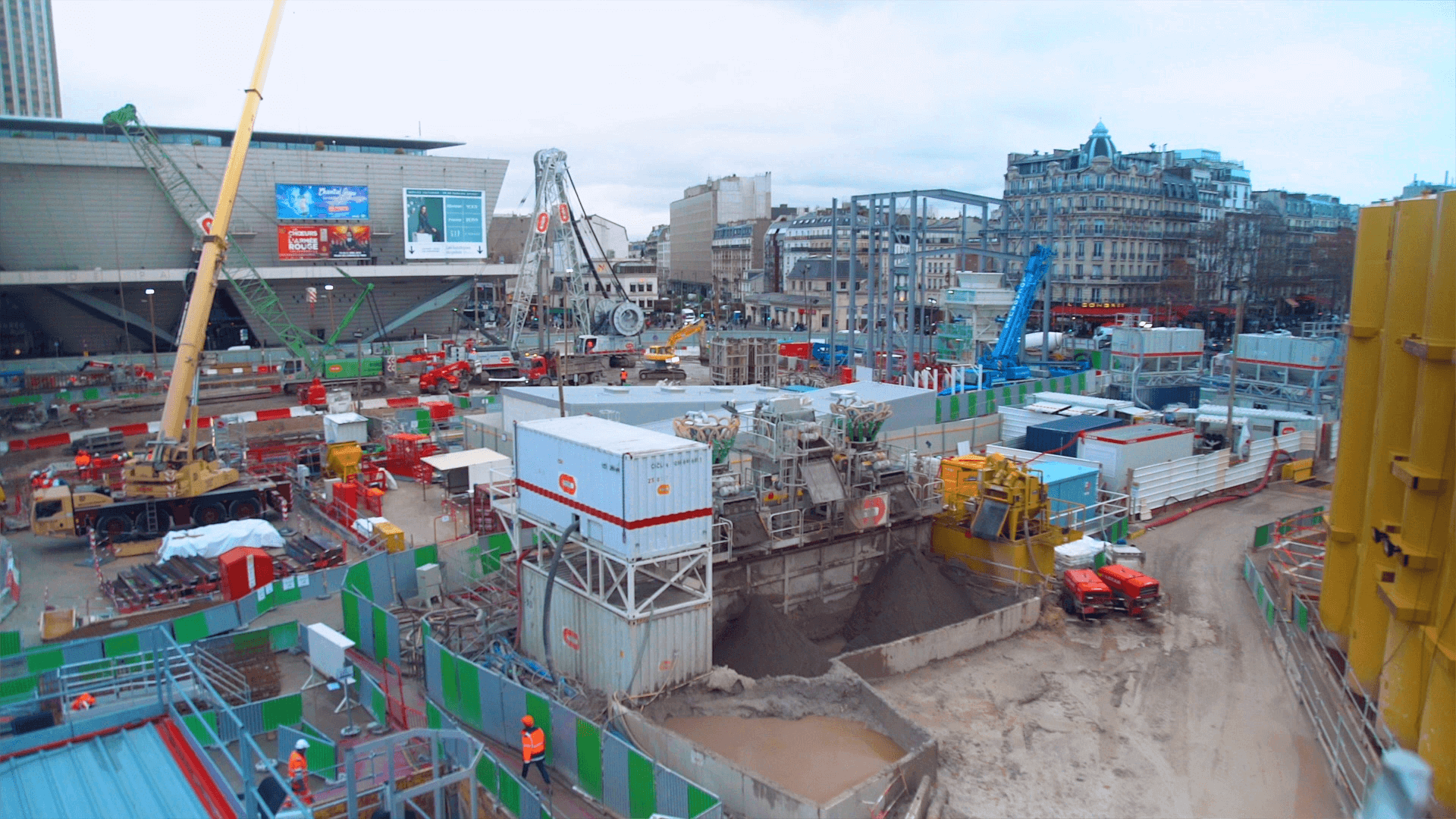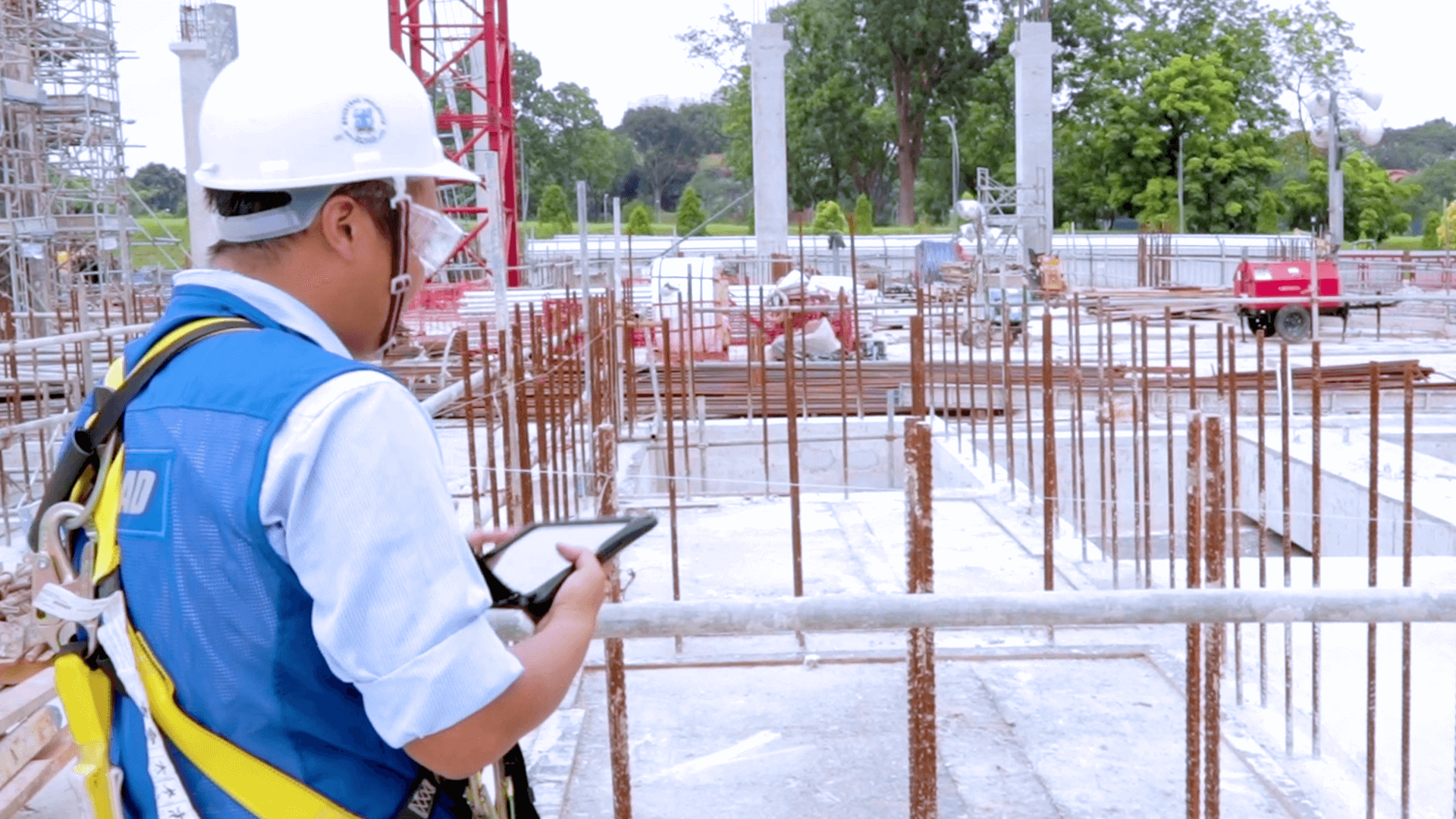Mastering SHE management: The role of safety work permit system in the UK
The safety work permit system acts like a critical checkpoint ensuring that potentially hazardous tasks are properly assessed, authorised, and controlled. It serves as a critical safety barrier, ensuring that each stage of a high-risk task—from planning to execution—is carefully managed to mitigate risks and protect workers.
What is the safety work permit system?
A safety work permit system is a formalised, documented process used to authorise specific types of high-risk work. In the UK, it is commonly employed across a range of industries and forms part of a wider safety management system, supporting compliance with UK laws and guidelines issued by the HSE.
Common scenarios that require a safety work permit in the UK include:
- Hot works (e.g. welding, grinding)
- Confined space entry
- Work at height
- Electrical isolation
- Hazardous material handling
- And many more
This system ensures that all necessary precautions are taken and that relevant stakeholders, including contractors and supervisors, are aware of the associated hazards and control measures.

Key components of a safety work permit system
- Risk assessment: Conducting a thorough risk assessment is a legal requirement in the UK. Under Regulation 3 of the Management of Health and Safety at Work Regulations 1999, employers must identify risks to workers’ health and safety. This feeds directly into the safety work permit, detailing the hazards and how they will be managed.
- Control measures: Control measures are developed based on the outcome of the risk assessment and must adhere to the hierarchy of control:
- Elimination of hazards
- Substitution with safer alternatives
- Engineering controls
- Administrative controls (training, supervision)
- Personal Protective Equipment (PPE)
- Authorisation: A safety work permit must be authorised by a competent person, typically a site manager or health and safety officer. This signature confirms that all safety requirements have been met. The permit outlines:
- Scope of work
- Identified risks
- Control measures
- Start and end times
- Emergency procedures
- Communication: Clear communication and handover are vital. All personnel involved in the task must be briefed on the permit’s conditions. This aligns with UK best practices on toolbox talks and daily briefings.
Planning and preparation for high-risk work in the UK
Effective implementation of a safety work permit system begins with structured planning. This phase is foundational, ensuring that every high-risk task is thoroughly evaluated and that all necessary safety measures are in place before work commences. Below is a UK-adapted planning table:
| Step | Description | Key considerations |
|---|---|---|
| Work Planning | The initial stage where the scope of work is defined, including tasks, timelines, and involved personnel. | Align with CDM 2015 duties if construction-related |
| Hazard Identification | Systematic identification of all potential hazards associated with the work activities. | Align with COSHH assessments and HSE historical incident data |
| Risk Assessment | Evaluation of the identified hazards to determine their potential impact and the likelihood of occurrence. | Align with UK HSE guidelines |
| Development of control measures | Formulation of strategies to eliminate or mitigate the identified risks, ensuring safe work conditions. | Must be reasonably practicable under UK law |
| Permit application | Completion and submission of the PTW application form, detailing the work plan, hazards, risks, and control measures. | Align with UK-compliant emergency procedures and fire watch requirements |
Strategic implementation of safety controls
Once hazards are identified and the permit is authorised, it’s time to put those control measures into action.
Engineering Controls
Examples include:
- Temporary edge protection for work at height (compliant with Working at Height Regulations 2005)
- Gas detection in confined spaces
Administrative Controls
- Time restrictions on hazardous work (e.g. night shifts)
- UK-specific method statements and RAMS (Risk Assessment Method Statements)
- Safety briefings before work begins
Personal Protective Equipment (PPE)
Must meet UK and European safety standards (e.g. CE marking). Examples include:
- Flame-resistant clothing (for hot works)
- Respiratory protection (for hazardous substance exposure under COSHH)
All PPE must be suitable for the task and regularly inspected.
Leveraging Novade for digital permit to work
While many companies have made the smart move to digital permits, not all systems are created equal. Where basic digital solutions simply replicate a paper form on a screen, Novade takes the process a step further, transforming it into a dynamic, data-rich system.
We go beyond static e-forms by offering a platform designed for the complexities of modern UK projects. With Novade, you’re not just digitising your permits, you’re intelligently managing them.
Key benefits of Novade integration:
- Smart conflict detection: Unlike simpler systems, Novade can automatically detect potential conflicts between permits. For example, it will flag if a hot work permit and a hazardous materials permit are active in the same location at the same time, preventing dangerous situations before they can occur.
- Competency and compliance checks: The system isn’t just a form; it’s a gatekeeper. Novade integrates with your worker and asset databases to automatically verify that personnel have the required qualifications and machinery certifications are up-to-date. This ensures a “competent person” is always on the job, as required by law, and that all necessary training is in place before the permit is even issued.
- Real-time communication and updates: Novade helps to facilitate instant communication between all stakeholders involved in the PTW process. This ensures that any changes in work conditions, hazards, or control measures are immediately communicated and addressed, maintaining the integrity of the safety protocols.
- Integrated risk assessments: Novade’s platform allows for the seamless integration of risk assessments into the PTW process, ensuring that each permit is backed by a thorough evaluation of potential hazards and the effectiveness of control measures. This integration helps in maintaining a high standard of safety compliance and risk management.
- Comprehensive reporting and analytics: With Novade, safety managers and operations teams have access to detailed analytics and reporting tools. These tools provide valuable insights into safety performance, compliance rates, and areas for improvement, enabling organisations to make data-driven decisions to enhance workplace safety.
- Case studies and success stories: Implementing Novade has led to measurable improvements in safety management for numerous organisations. For instance, a construction company observed a 40% reduction in safety incidents within six months of adopting Novade, attributing this success to the enhanced visibility and control over high-risk work activities provided by the platform.

Conclusion
The safety work permit system plays an indispensable role in fostering a robust safety culture in UK industries. When designed and implemented effectively, it not only ensures compliance with legal standards but actively reduces workplace incidents and injuries.
By embracing digital solutions like Novade, industries can significantly improve the management and execution of high-risk work activities. Novade not only simplifies the safety work permit system process but also embeds a culture of safety and compliance, ensuring that every task is performed under the safest conditions possible. Digital solutions like Novade represent the future of safety management, offering a proactive, efficient, and comprehensive approach to managing high-risk activities in any industry.
Interested? Schedule a free demo





